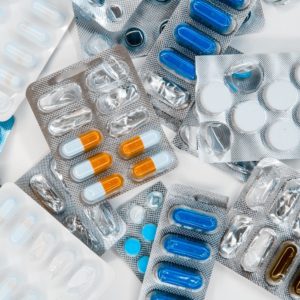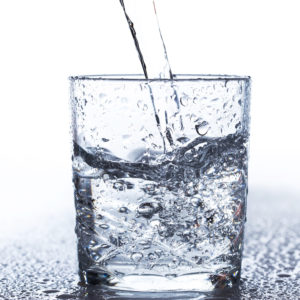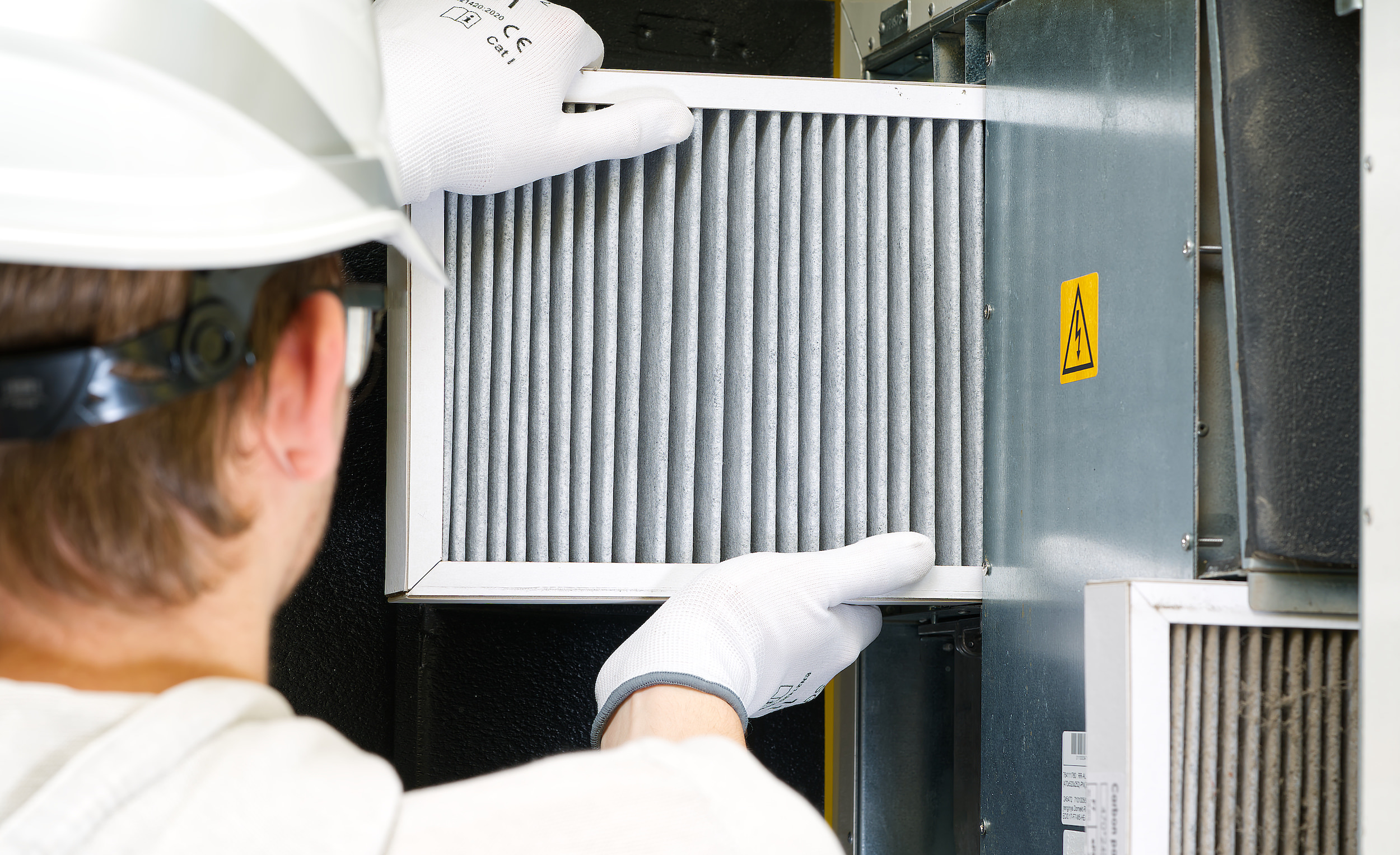- October 31, 2022 -
By Lisa Murray-Roselli
Silver is a remarkable precious metal. It is used in a vast array of products and new applications are being discovered every year. Its beauty and durability make it an obvious choice for jewelry, table settings, and decorative items, but its conductivity, malleability, superior reflective, antibacterial, antifungal, and non-toxic qualities make it a valuable material for many industries. In fact, 50% of all silver is used for industrial purposes—some are well-known while others could hardly be imagined.
 It may be surprising to learn that silver has been valued for its antimicrobial properties since ancient times—it was the most important antimicrobial agent available before the introduction of antibiotics in the 1940s. The earliest recorded use of silver for therapeutic purposes dates back to the Han Dynasty in China circa. 1500 B.C.E. In 1880, ophthalmia neonatorum (eye infection in newborns) was the leading cause of blindness in children in Europe, but in 1882, it was discovered that a single drop of 2% silver nitrate solution placed in the eyes of newborns dramatically reduced those infections. During WWI, battlefield wounds were wrapped in silver foil and silver sutures closed up deep lacerations to foster healing. In a more unusual application, silver acetate was added to chewing gum, mouth spray, and lozenges to help with smoking cessation in the 1970s—mixed with cigarette smoke, the silver acetate produces a nasty taste.
It may be surprising to learn that silver has been valued for its antimicrobial properties since ancient times—it was the most important antimicrobial agent available before the introduction of antibiotics in the 1940s. The earliest recorded use of silver for therapeutic purposes dates back to the Han Dynasty in China circa. 1500 B.C.E. In 1880, ophthalmia neonatorum (eye infection in newborns) was the leading cause of blindness in children in Europe, but in 1882, it was discovered that a single drop of 2% silver nitrate solution placed in the eyes of newborns dramatically reduced those infections. During WWI, battlefield wounds were wrapped in silver foil and silver sutures closed up deep lacerations to foster healing. In a more unusual application, silver acetate was added to chewing gum, mouth spray, and lozenges to help with smoking cessation in the 1970s—mixed with cigarette smoke, the silver acetate produces a nasty taste.
 More recently, as bacterial infections such as Methicillin-resistant Staphylococcus aureus (MRSA) have morphed into highly antibiotic-resistant “super bugs,” medical professionals have found that silver salts added to antibiotics make these medicines 1000x more effective—they neutralize the bacteria’s defenses, which make it easier to target and kill. Silver ion treatments have been used to heal bone infections by killing harmful microbes and allowing regrowth. Additionally, colloidal silver (a liquid solution) is used to treat bronchial and ear infections, and to protect against colds and flu, but don’t use too much or you will turn blue!
More recently, as bacterial infections such as Methicillin-resistant Staphylococcus aureus (MRSA) have morphed into highly antibiotic-resistant “super bugs,” medical professionals have found that silver salts added to antibiotics make these medicines 1000x more effective—they neutralize the bacteria’s defenses, which make it easier to target and kill. Silver ion treatments have been used to heal bone infections by killing harmful microbes and allowing regrowth. Additionally, colloidal silver (a liquid solution) is used to treat bronchial and ear infections, and to protect against colds and flu, but don’t use too much or you will turn blue!
As medicine and technology continue to intersect, silver has an increasingly important role to play. It is woven into the fabric of lab coats so that doctors do not cross-infect patients as they move from room to room. There are silver coatings on catheters and breathing tubes to help prevent infection in areas loaded with bacteria. And in cutting-edge biotech, silver nano particles coated with a peptide are delivered to a targeted area to destroy tumor cells, while silver nano wires are used in biosensors for disease diagnostics. Medical technology is evolving to require ever more minute and adaptable components; silver will, no doubt, remain at the forefront.
 Silver’s use in the purification of liquids also has a relatively long history. Back in the days before refrigeration, jugs and jars were coated with silver to keep their contents fresh and cowboys used to put a silver coin in their milk bottles for the same purpose. These days, sealing rings on bottles and jars often include a silver-based biocide that kills microbes by destroying their cell walls. In addition, silver ions are added to water purification systems in community water supplies, pools, hospitals, and spas as a sanitizer. Silver also prevents bacteria and algae from growing in the filters of water purifiers. This type of water purification is used by NASA and onboard the International Space Station.
Silver’s use in the purification of liquids also has a relatively long history. Back in the days before refrigeration, jugs and jars were coated with silver to keep their contents fresh and cowboys used to put a silver coin in their milk bottles for the same purpose. These days, sealing rings on bottles and jars often include a silver-based biocide that kills microbes by destroying their cell walls. In addition, silver ions are added to water purification systems in community water supplies, pools, hospitals, and spas as a sanitizer. Silver also prevents bacteria and algae from growing in the filters of water purifiers. This type of water purification is used by NASA and onboard the International Space Station.
Sanitization using products containing silver is not limited to liquids. For example, Agion silver contains silver ions that bind to and kill bacteria. When applied to door handles, the moisture from hands releases those silver ions, keeping it clean between uses. Shoe insoles and deodorants treated with silver prevent the buildup of fungus and odor-causing bacteria. The filters of AC units infused with silver purify the air. Silver can be used as a biocide in wood preservatives to prevent white-rot decay in timber, may replace harmful arsenic-based treatments, and help to reduce termite infestations. Even pillowcases and bedding have silver woven through to help with the treatment of acne and inhibit bacterial growth.

Comprising the best thermal and electrical conductivity of all metals, silver is a powerhouse in the fields of solar and nuclear energy. In the production of the photovoltaic cells of solar panels, silver powder is made into a paste, which is then applied to a silicon wafer. Electrons are emitted when sunlight contacts the wafer, and the silver carries the electricity generated for immediate use or for battery storage. Commercial panels that measure 78 by 39 inches use 20g of silver per unit.
The control rods used in nuclear reactors are made from silver along with boron, cadmium, hafnium, or indium and do not decay when placed in the core. These elements are capable of absorbing neutrons, thereby controlling the rate of fission in the nuclear fuel. Adding more rods slows the rate of fission, which is both a functional and safety feature.
Other technologies making use of silver’s valuable properties include the superconducting electromagnets used to power maglev trains and the rails that guide them. Smaller scale technologies also make excellent use of these properties. For example, silver electroplating on ball bearings strengthens and decreases friction within the engines of jets and helicopters, rear window defrosters contain silver, and 3D printing uses inks made of silver nanoparticles.

Smart textiles, novelty explosives, and weather transformation round out the more unusual applications of silver. Fabrics that have a thin, flexible layer of silver printed directly onto them can be used for sports, fitness, and health monitoring, along with fashion and military purposes. Christmas crackers and snaps (those things that kids like to hurl at the sidewalk) all have a tiny quantity of silver fulminate that detonates from the friction of being pulled apart (Christmas crackers) or thrown onto a hard surface (snaps). Finally, silver can make it rain. Silver iodide’s molecular structure is similar to that of ice. When it is released into the air, it stimulates cloud condensation and yields some form of rain or snow. It’s estimated that, in the US, 3 tons of silver is used for this purpose annually, mainly to alleviate drought or help control forest fires.

Silver is used far more extensively than is possible to enumerate here. It is a fascinating, versatile, and mighty metal, one that will continue to be a solid investment as its uses expand and diversify.
Order by 4:00
and it’s out the door.
1 oz. Gold or 100 oz. Silver
Trade Scrap for Bullion.
No-worry Shipments
Get paid fast!
(for qualified customers)
We don't make promises we can’t deliver on.